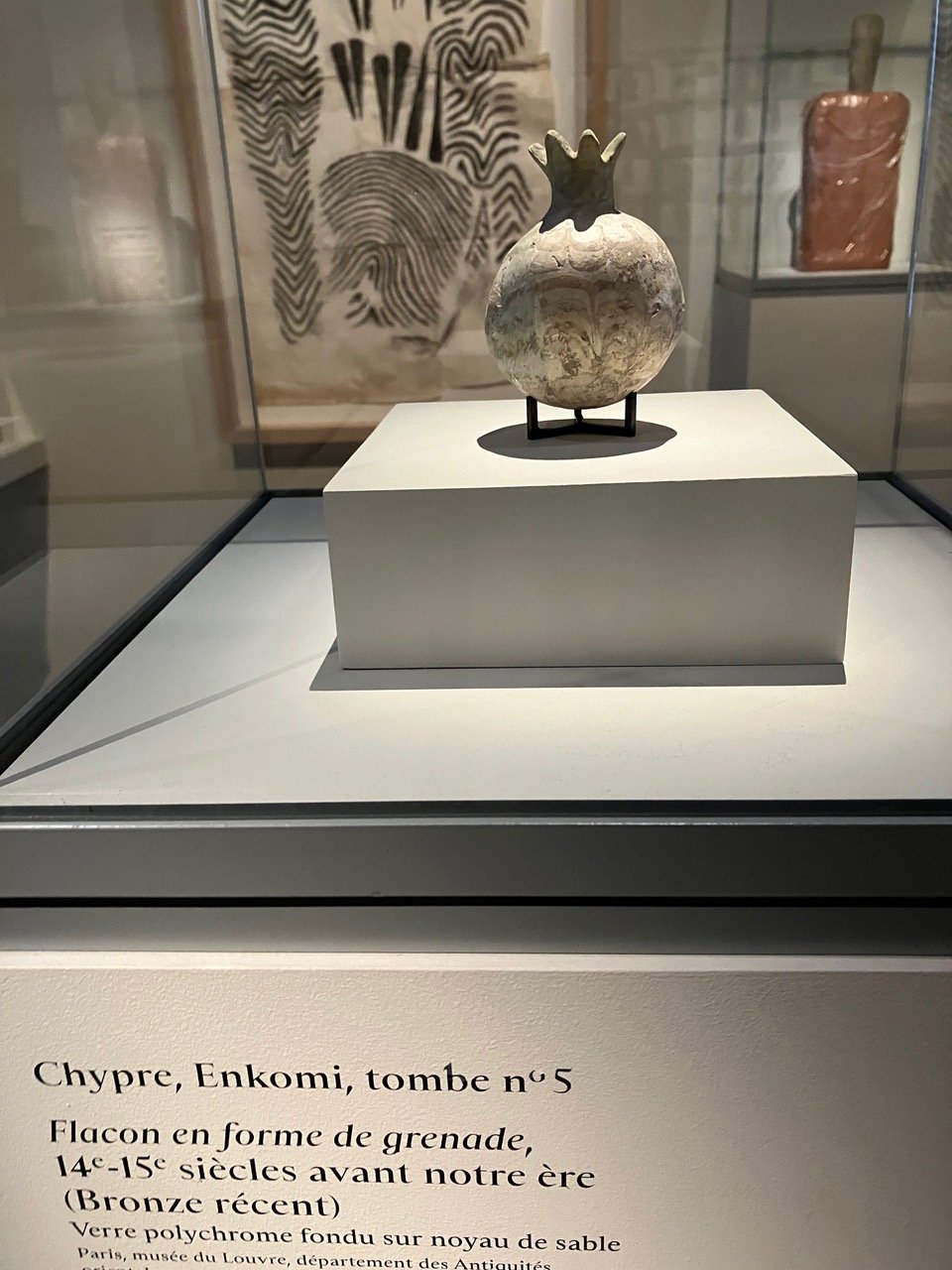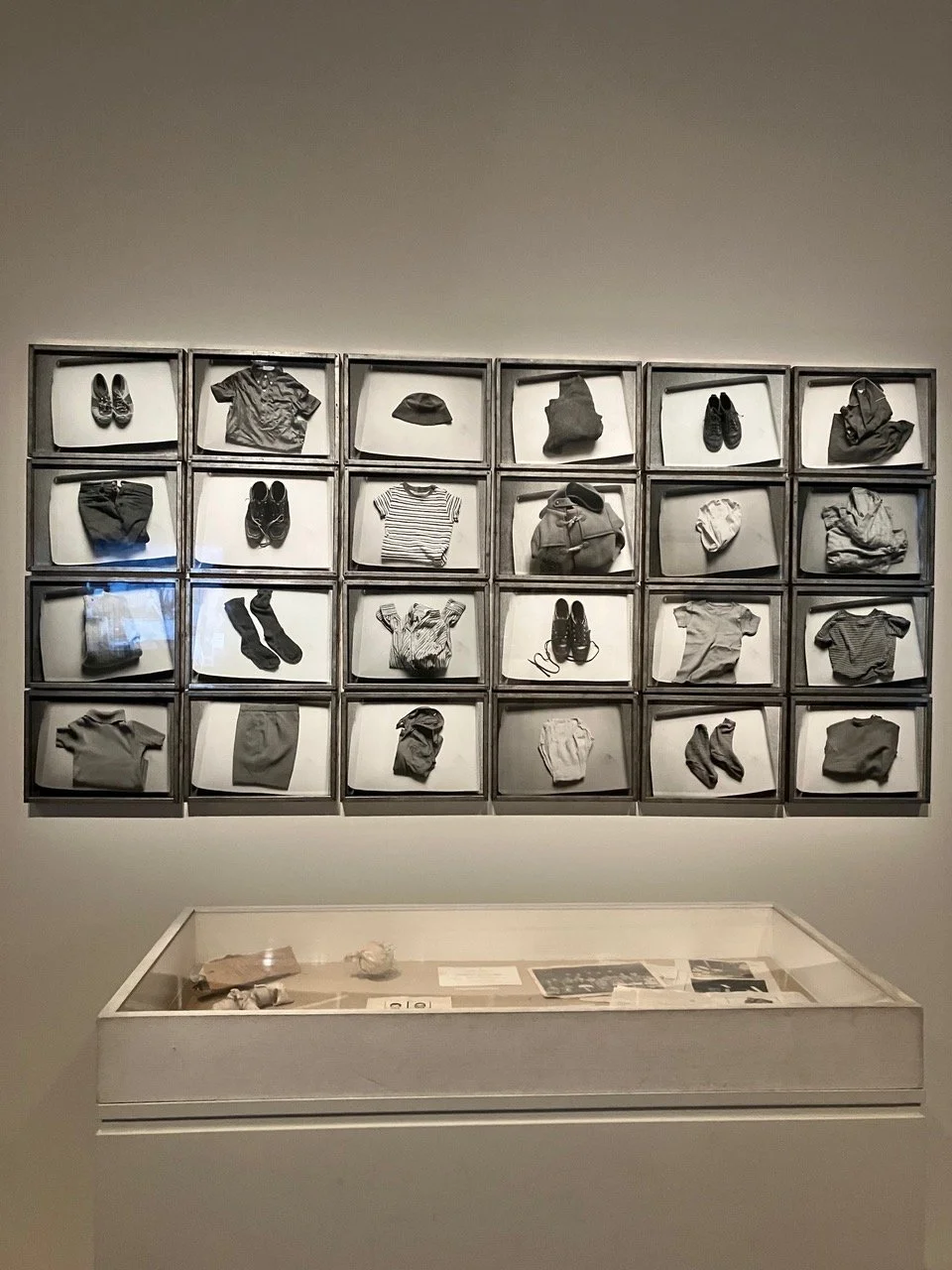Fall Notes From Paris
1) DEMOCRACY IN THE CLINCH
ONE RIDER DOWN
With at least one of the Horsemen of the Apocalypse (they include Trump, Putin, Orban, Erdogan, and Modi) knocked out of his saddle this morning as I write, the world looks less hellish. The Amazon can breathe! My first impulse was to ignore politics completely in this post, but the defeat of Boss Bolsonaro by Lula the Squid has me dancing the samba on my keyboard. Nonetheless, most of the worlds’ major nations seem to be freezing ever further into irreconcilable ‘truths.’ We’ll see what happens in Brazil when Jair’s almost 50% forces regroup.
In the meantime, France has her own fractures to deal with. Macron’s center-right government is on its tiptoes, painfully aware as winter approaches of the risk of uncontrollable street protests, another Yellow-Vest-type uprising over the cost of food and energy. That said, it’s about 70 degrees in Paris today, October 31, and the violent protests have been coming from a very different source: radical ecologists.
WAGING WAR AGAINST MEGA-RESERVOIRS
On Saturday between 4000 and 7000 resisters congregated in the sleepy agricultural region of les Deux-Sevres to violently sabotage the construction of a mega-reservoir, one of sixteen planned there to keep the farms producing as in the past. Anonymous in hooded blue suits, they broke into the construction space and used disc drills to wreck the pipes. Sixty gendarmes and fifty demonstrators were wounded in the clash. The defenders of law and order decry the lack of the same. Numerous ecologists decry the mega-reservoirs, which will draw water in fall and winter from neighboring rivers, worsening artificial degradation of the soil and nature’s chances of rebalancing under climate change. In the end, reservoirs are a losing strategy against prolonged summer drought. I’m reminded of the Keystone pipeline resistance in the US, a key (sorry) difference being that the French radicals are highly organized (uniforms even!) and coordinate to set up ‘ZADs,’ i.e. occupied Zones of Defense, wherever they take a stand, be it against mega-reservoirs, new airports, giant dams, or other perceived environmental threats.
There's a legitimate argument boiling here about ends versus means. Hard to say the same of the ultra-environmentalists’ new craze for flinging food at paintings by e.g. Van Gogh and Monet 'in protest.' What the—?
WHERE CENTRISM CAN LEAD
Macron’s party, the clunkily named ‘La Republique en Marche,’ or LREM, holds a plurality in Parliament but not a majority. Frustrated in his efforts to bring home his central cherished reforms, such as extending the retirement age, he is floating the idea of calling for new parliamentary elections. Risky? A recent poll finds that if the presidential elections were held again today (they are in fact four years away) radical-right leader Marine le Pen would edge out Macron in the first round. He too would gain points, all at the expense of the squabbling leftists and the rump party of the right, the once-powerful LR, now sort of analogous to America's upright Republican, enfeebled Anti-Trumpers.
In other words, by absorbing the moderate Social Democrats and moderate right, the center-right government has created a dangerous vacuum. More and more disaffected groups see Le Pen’s racist and xenophobic party as the only viable opposition vote.
IF YOU ASK ME TODAY
France and the newly cohesive EU have a decent chance of getting through the coming winter of inflation, energy cuts, and discontent. As long as a nuclear bomb doesn’t fall, that is. There’s a surreal element to these balmy late fall days in Paris. One strolls along the Seine and meets friends in a café, while only three hours away by plane a brutal war rages.
2) BRUSHES AND PENS
Any denizen of France will tell you: Certes, Athens, Florence and a few other cities had their moments, but Paris has reigned as the Western wellspring and magnet for arts and artists for centuries. The influence of French visual art, music and literature reaches beyond Euro-America into Asia and Africa, while drawing freely from those cultures as well.
But where does Paris stand today? The city of dimmed lights (energy crisis oblige) is fighting to retain, or some might say regain, her laurels as the arts capital of the world. Here are three recent snapshots:
DECLINE IN THE FALL? OR RUNAWAY MONEYMAKER?
Beginning in 1974 there was a messy but vibrant and accessible fall contemporary art fair called the FIAC. This year it’s been replaced by something called ‘PARIS+ par Art Basel’ (are clunky names a trend?). Basically, the art market juggernaut of Art Basel (Basel, Miami etc.) ate the FIAC. The new, classier show bloomed for three days in a pop-up replica of the Grand Palais — the real one being closed for renovations — near the Eiffel Tower. Exclusive — of 729 galleries from around the globe that applied to participate, only 150 were chosen — and sternly hierarchical, with the ‘top’ galleries clustered centrally and those with less star power relegated to the rear of what is in essence a gigantic long tent. What defines ‘top’? Sales figures, presumably. Market leaders like Gagosian and Zwirner, Goodman and Perrotin, displayed not only their contemporary protégées’ work but also classics by, e.g., Chirico, Munch, Joan Mitchell (sold for 4.5 million euros).
The visitors were just as strictly categorized. Hundreds of VIPs dashed to dozens of private showings and parties, where the real action was. Non-VIPs paid 40 euros per single entrance to stroll the tent, hunting for the truly new, the beautiful, the shocking, for whatever makes the heart skip a beat, while literally stepping over collectors and agents feverishly making deals on their cellphones. Alas, this visitor’s heart stayed fairly steady. See what the selection of works below does for yours.
THE GRAND DAME
A simultaneous special exhibit at the Louvre is dedicated to… still-lifes. ‘What an oxymoron,’you might say, ‘I’m not interested in dead meat and cut flowers.’ Evidently, most of the tourists who throng to burst the main halls of the Grand Dame feel the same, because when I went there was no line at the entrance to ‘Things,’ as the exhibit is accurately named. Their loss! ‘Things’ is museum curation at its best: shining angles of light on a crossroads of art, history, and philosophy. I learned things, such as the fascinating factoid that still-lifes stopped being painted for the thousand years preceding the 16th century. That ancient reverence for material objects gave way to glorifying their value in the new trading economy. Many of the works pull you in for close examination, admiration. ‘Things’ runs through January 23rd. Catch it if you can.
THE GONCOURT PRIZE
Unlike the discrete, if not outright secretive, process of the Nobel in literature, the Prix Goncourt, founded by the brothers and imperative critics Goncourt and launched in 1903, feeds suspense and wild dreams, and surely a lot of online betting. The ten judges are prominent insiders in the cozy world of French publishing. After reading hundreds of books they announce during the fall first a long list, then eight semi-finalists, then four finalists. (All this sells lots of books, which is a fine thing.) On November 3rd at one p.m., at a sumptuous table in the Restaurant Drouant which is jammed inside and out with jury, literati and reporters, the winner is announced. Toasts and curses. Photo spreads on the front pages of newspapers. Tradition! Not many traditions have surfed wars and revolutions like the Goncourt—beloved, reviled, accused of blatant horsetrading, and relevant. A life-changer for the winner and their publisher. Sales can zoom from the hundreds to the hundred thousands. Case in point: last year’s near unanimous (yet surprising) winner, 31 year old Senegal-born Mohamed Mbougar Sarr, for ‘The Most Secret Memory of Men,’ which I strongly recommend. Page by page, Sarr undermined my assumptions, moved and amazed me.
Can’t say the same for this year’s winner, ‘Live Fast’ by Brigitte Giraud. The jury was split fifty-fifty through multiple votings, with the President’s choice finally counting double. Some say two prizes should have been offered. The runner-up is ‘Le Mage du Kremlin’ by Giuliano da Empoli, a gripping and complex work for grown-ups that I am reading now. Giraud’s work is more memoir than fiction, circling endlessly around her husband’s death in a motorcycle accident twenty years ago by asking a series of What Ifs. (What if he or I had been elsewhere? What if that motorcycle hadn’t been sold in France? What if the weather… etc.) One is reminded of the work of this year’s Nobel winner, Annie Ernaux, who has made a career of baring her primary sexual trauma and its refraction through many affairs in very short memoirs — artful, but not novels. Not an issue for the Nobel, but the Goncourt was explicitly awarded to Giraud’s ‘novel.’ "Ce sont des exercices d'admiration et d'argumentation," concludes Philippe Claudel, a long-time member of the jury.
Literature itself is, of course, one of mankind’s earliest traditions — followed by arguments about what it ought to be.
Kai Maristed is a novelist, playwright, and translator living in Paris and the US. She studied political science and journalism at the University of Munich and holds a M.S. from MIT. Her books include Broken Ground, a novel of Berlin praised by John Coetzee, and the story collection Belong to Me, starred by Publishers Weekly. Stories and essays have been broadcast by Germany’s WDR, and appeared in the Kenyon Review, Zoetrope, The American Scholar, the Southwest Review, StoryQuarterly, Agni, The Michigan Quarterly, the Iowa Review, and Ploughshares.









